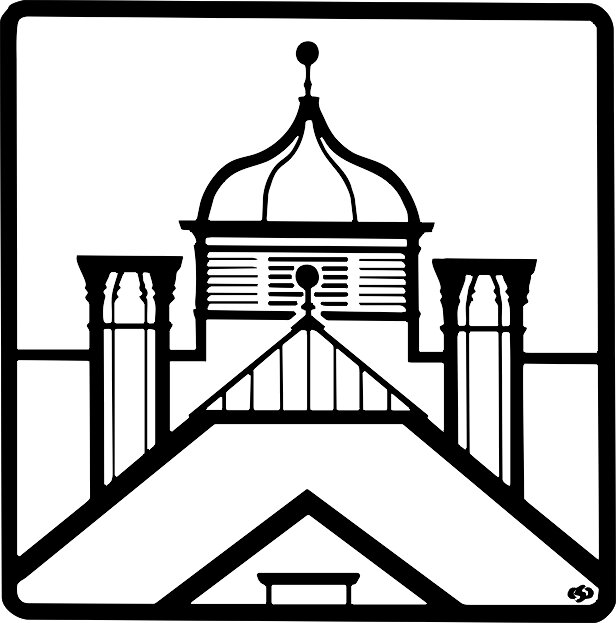THE BURDEN WATER WHEEL AND THE FERRIS WHEEL
As Henry Burden continued to expand the operations at the original Troy Iron and Nail Factory on the Wynantskill, he faced the need for increased water power. By the late 1830s there were five water wheels powering different parts of the mill. Burden concluded that this arrangement was unnecessarily complicated, and he determined to replace the five water wheels with one large vertical water wheel.
Construction of the new water wheel started in 1836 but it is not known exactly when the first wheel went into service. That wheel was replaced with and larger and improved wheel in 1854. And large it was. The new overshot water wheel was 60 feet in diameter.
Each of the 36 buckets was 22 feet across and 6 feet deep. The water from the Wynantskill was held in an artificial pond and then carried to the mill through a large pipe. Henry Burden and other industrialists controlled the Wynantskill, and through a series of dams and reservoirs tried to assure that all mills had reliable water power. The wheel turned counterclockwise at two revolutions per minute and transmitted its power through a series of gears to increase speed. It drove a shaft one foot in diameter that ran on the ground through the mill; power to individual machines was provided by leather belting. The wheel is estimated to have produced about 1,200 horsepower. This made the Burden water wheel the most powerful vertical water wheel in history; it is often referred to as the “Niagara of water wheels.” However, it is not the tallest. That honor belongs to the Lady Isabella water wheel on the Isle of Man, at 70 feet. But that wheel is very narrow and much less powerful.
Contrary to popular belief, the water wheel was inside a building at the mill, not out in the open (there is a diorama of the wheel at the Burden Iron Works Museum). Burden’s sons closed the water-powered upper works in the late 1890s when all production moved to the lower or steam-powered works on the Hudson. In 1898, they decided to dismantle the upper works. They recycled the machinery and all the bricks from the buildings, but acceded to popular demand and left the water wheel standing as a memorial to their father. Unfortunately, once it was unprotected it began to deteriorate, and in 1914 it collapsed. It sat as a pile of rubble on the hillside until the 1930s, when the Burdens sold the land to the Catholic Church for a seminary. The seminary then had the remains hauled away as scrap.
However, in the late nineteenth century, just as the Burden water wheel was ending its working life, it played an important role as an inspiration for the Ferris wheel. The creator of the eponymous Ferris wheel was George Washington Gale Ferris, who graduated from Troy’s Rensselaer Polytechnic Institute in 1881. The first Ferris wheel was the centerpiece of the 1893 Columbian Exposition in Chicago. It was 264 feet tall and could hold 1,440 people at once. It was powered by a 1,000 horse power steam engine. The axle weighed 43 tons and was the largest steel forging made when it was fabricated in Bethlehem, Penn.
The Ferris Wheel
It is likely that as a student Ferris studied the Burden water wheel as part of his course work. While Ferris never explicitly credited the Burden water wheel for his concept, the similarities are too striking to ignore. For example, the Burden water wheel has 36 water buckets; the Ferris wheel has 36 passenger gondolas. Both wheels are bicycle-spoke designs or tension wheels.
The Ferris wheel was a hit at the Columbian Exposition. In less than six months, 1.6 million passengers paid 50 cents each to ride the wheel around twice (30 minutes), bringing in $800,000 in revenue. The Ferris wheel was disassembled and moved to St. Louis for the 1904 World’s Fair. It was scrapped after the fair ended.
